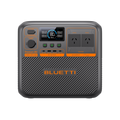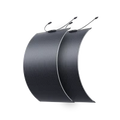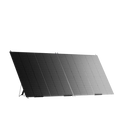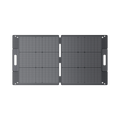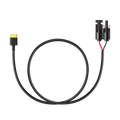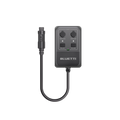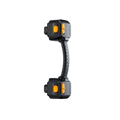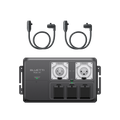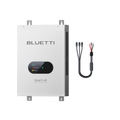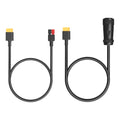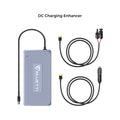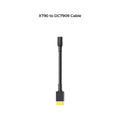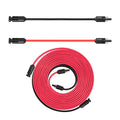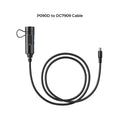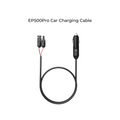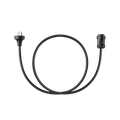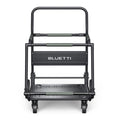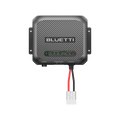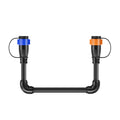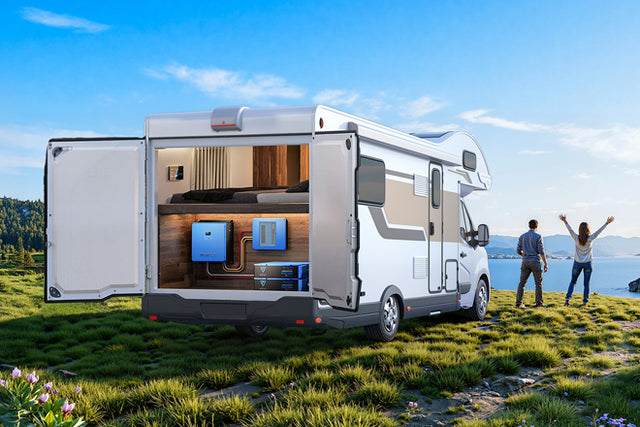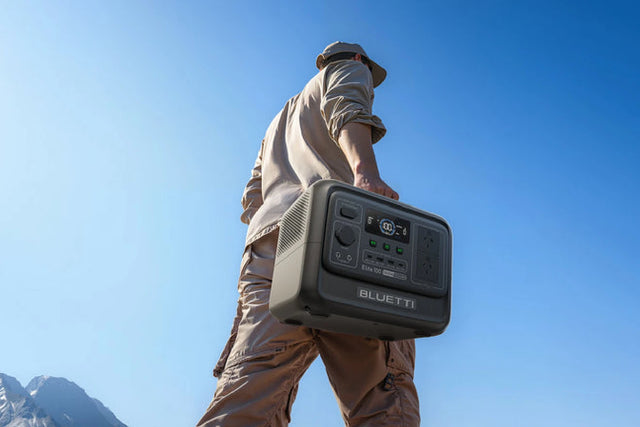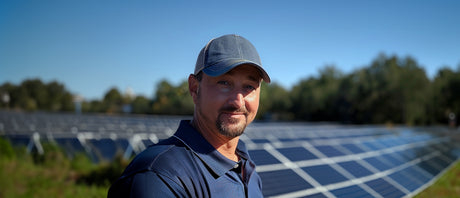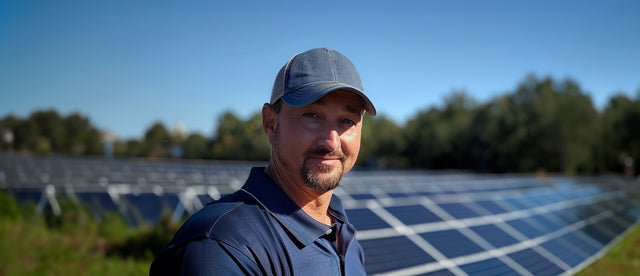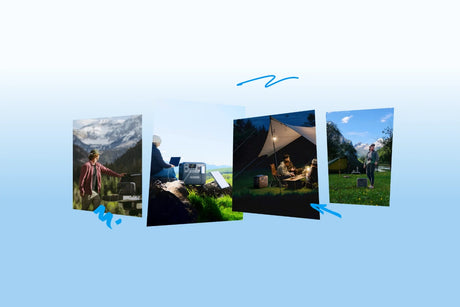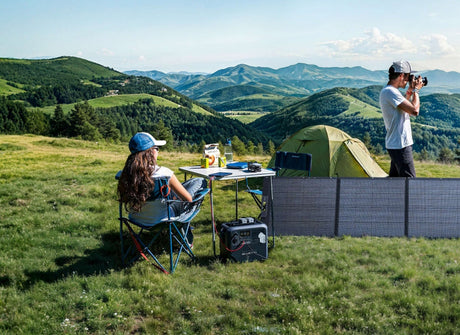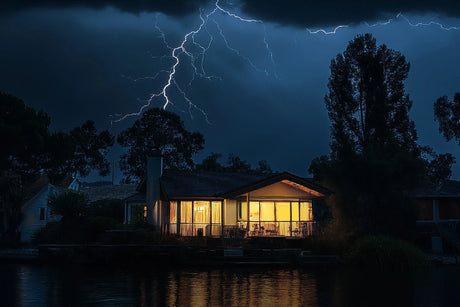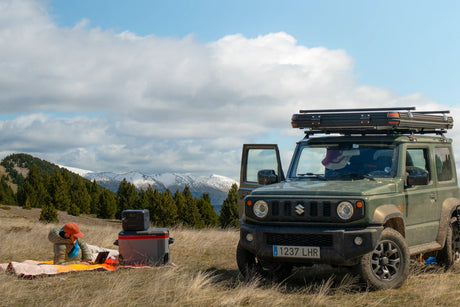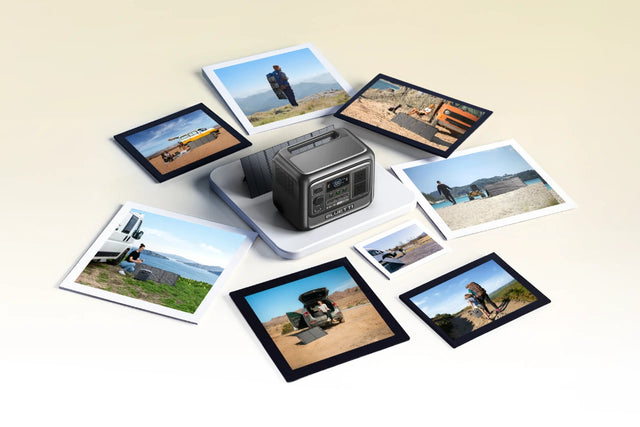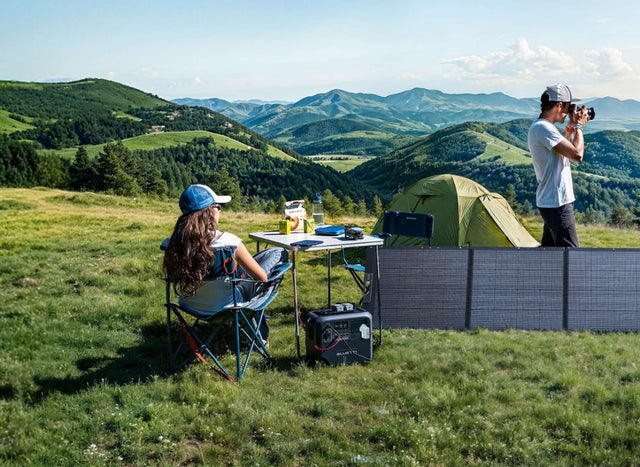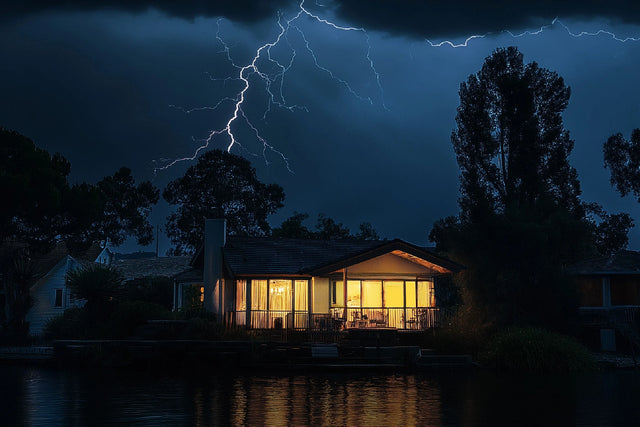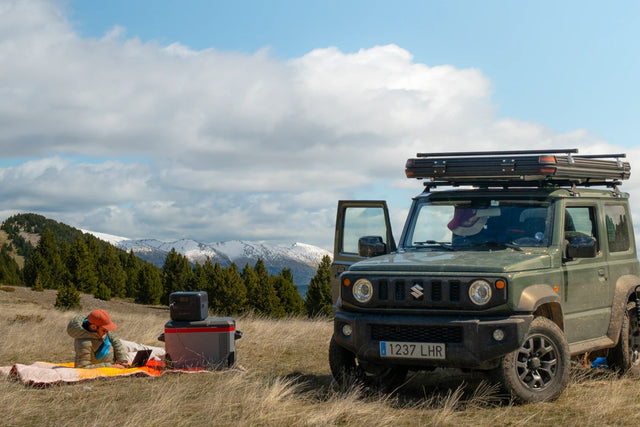Sydney is located on a beautiful harbour and stunning coast. If you want a break from city life, then this is your way to relax on calm beaches. Paddling here is a must. Here you will enjoy an amazing view of the Sydney Harbour Bridge and the Opera House. These views will help everyone who wants to relax. Discovering hidden beaches, calm islands, and remote national parks creates amazing stories.

Can Anyone Go Kayaking in Sydney?
Yes! Sydney kayaking is best for all. Whether you are a beginner or a pro kayaker, there is always something for you in Sydney. Kayak tours and kayak rental shops will be ideal for newcomers, offering you what you need (e.g., a life jacket) and the fundamentals of kayaking in advance. Guides will mainly give beginners simple paddling, turning, and balancing lessons before venturing out to kayaking.
Are you nervous about swimming? Do not worry. A life jacket (personal flotation device) is provided for any paddler. Do not worry about sinking and being in the water. The jacket will allow you to float and be safe.
You also have other types of kayaks based on how comfortable you are. You have beginner-friendly sit-on-top kayaks and closed kayaks that give you protection and control in the event of long-distance kayaking. You also have double kayaks that are featured in some kayaking tours where you paddle with your partner or relative.
It does not make any difference if you are a child, an adult, or a retiree, you can kayak around Sydney. You just have to take a few precautions, listen to your guide, and chill! Kayaking around Sydney is one of the most fantastic ways of seeing the beautiful views of the area.
Do You Need a License to Kayak in New South Wales?
If you kayak in New South Wales in a standard, simple kayak, no license is required. There are some safety provisions that you will have to comply with. Legally, most rivers require you to wear a life jacket.
Kids under twelve must wear one at all times when kayaking. Life jackets typically come with kayak rentals. You will also need to use basic water safety rules. Be visible, particularly in low visibility. Never kayak where you are not allowed to.
Beginners should never venture out in poor weather and should always be inshore. NSW boat licenses are for motorised vessels that can move at speeds of more than 10 knots, not for rowed kayaks and canoes. As long as your kayak does not move by itself, you can use Sydney's beautiful seas for free without a license.
Where Can You Kayak in Sydney? (Top Spots to Explore)
From peaceful bays for beginners to riskier channels with stunning views, Sydney has fantastic kayaking spots for everyone. There is something for you to kayak, whether you want city views, peaceful nature, or isolation beaches.
Sydney's Top Paddle Spots Are:
Rose Bay
-
Ideal for newbies.
-
Shallow waters
-
Straight beach launch
-
Guided kayak tours available
-
Beautiful Sydney Harbour views and nearby areas
Cockatoo Island
-
Full of history, with ancient buildings and underground tunnels to explore.
-
Ideal for a day out adventure.
-
Suitable for advanced kayakers.
-
Paddle underneath the Opera House and alongside the Harbour Bridge.
-
Best experienced with a tour group due to high boat traffic
-
Best for morning or late afternoon paddling
-
Best for sunrise or sunset paddling
Middle Harbour
-
Surrounded by mangroves and bushland
-
Nice birdlife and natural scenery
-
Ideal for a relaxed, casual paddle
Lane Cove River
-
Tranquil waterways over bushland reserves
-
Ideal for families and novices. It is best for short or half-day trips.
-
You can spot ducks, turtles, and even water dragons.
Manly Wharf
-
Access to secluded beaches and coves
-
Suitable for Couples and groups
Can You Kayak Under the Harbour Bridge?
Yes, you can kayak under the Sydney Harbour Bridge; it's one of the most memorable experiences you can have on Sydney water.
Locals and tourists both have kayaking under the Harbour Bridge on their to-do list. The view of the water becomes breathtaking, particularly during sunrise and sunset. And you can also take some memorable photographs at the bridge, Circular Quay, and even the Opera House.
Go With A Guide (Recommended)
The Harbour is a working waterway, so ferry and boat traffic may be fast and hectic. Sometimes, the tidal streams and ferry wakes can make the way difficult. If you are not sure about your paddling skills, it's worth taking an experienced guide or group tour.
Best Travel Times
Morning paddles are ideal; the water is typically still, the light is beautiful, and boat traffic is light. Don't kayak early evening, when harbour traffic is heavy. Always look at the weather and tides first.

Can You Kayak to Cockatoo Island?
Cockatoo Island is a great and challenging place. You can visit the world Heritage-listed island by kayak. Great for half-day trips and located in the centre of Sydney Harbour. The paddle is delightful and worthwhile, no matter whether you depart from Barangaroo, Balmain, or Birchgrove.
Route and Distance
Departure points are Birchgrove, Barangaroo, or Balmain.
Return paddling: 3 to 5 kilometres (depending on the place of launching)
1–2 hours of paddling time and time to explore the island are needed.
Difficulty level: Moderate; suitable for experienced paddlers
What to Expect
Spend calm waters relaxing with beautiful Sydney Harbour views. Paddle past Darling Harbour and Goat Island. Watch out for ferry traffic; it is a busy part of the harbour; thus, remain vigilant and stay as close to the shore as possible.
Surveying Cockatoo Island

There are places on-site to tie up or paddle your kayak onto land. Discover the island's fascinating history, like old shipyards, converted buildings, tunnels, etc. On-site facilities include picnic spots, cafes, walking tracks, and lavatories. You can bring a lunch or pick up a coffee at the island coffee shop to enjoy before embarking on your return paddling.
What to Wear for Kayaking in Sydney
In Sydney, wear clothes that are comfortable for your vacation. Clothing and equipment that protect you from both the sun and moisture are particularly valuable because you are on water, frequently in direct sunlight.
Clothing: Remain Dry And Cool.
Take light, quick-drying clothes such as synthetic shirts and shorts. Cotton is not recommended because it will make you cold and retain moisture. For Ultraviolet-protected wear, long-sleeved shirts are ideal on sunny days. Go for a wetsuit or windbreaker when it is chilly or in winter.
Footwear: Grip And Protection
Shoes are needed for traction and protection. Sandals or good water shoes are best. Choose shoes that won't come off your feet, even when they get wet. Flip-flops will fall off or become stuck.
Sun Protection: Must-Have
For sun protection, you will need a wide-brim hat or a cap, which will shield your face. Use SPF 30 sunscreen, and apply every two hours. Wear polarised sunglasses with a strap to reduce reflection off water.
Helpful Tips
-
A dry bag keeps your valuables, such as your wallet, keys, and phone, safe from water damage.
-
Reusable water bottles ensure you are well-stocked with water
-
Towel and spare clothes for after the ride.
-
Paddling longer requires snacks or energy bars.
-
A compact waterproof power station such as the BLUETTI AC240 is ideal if you're out all day and need to charge a phone, GPS, or GoPro.
Bluetti Portable Power Station
If you're taking a longer day trip or even kayak camping, a waterproof power source can be a real game-changer. Consider a power station that is IP65 sealed, like the BLUETTI AC240. Charging devices like a phone, GoPro, GPS, or even powering a small cooler, especially if you are off-grid, is fantastic. Its 1,536Wh capacity and 2,400W output give it hours of full charge usage. The best thing? You can recharge it from solar power during your trip, or from a wall plug before you leave the household. It runs conveniently in bad weather, is clean and emissions-free, and is well-suited to long day-long trips.
Do You Need to Know How to Roll a Kayak?
Almost all but the most Sydney kayakers will never have to learn how to roll a kayak. Because the kayaks are designed to be stable and easy to use, tipping over is highly unlikely.
Frequently Used Kayak In Sydney
The sit-on-top kayak is the most popular to rent. They are simple to exit and enter, and they are very stable for beginners. You can also rent recreational kayaks that are found in harbours and calm seas. They are made for stability and the ease of paddling. They tend to have a broad base, which prevents them from tipping.
When Do You Roll?
Rolling a kayak is used primarily for Whitewater kayaking, that is, kayaking in rapids or river courses. When you paddle around Sydney Harbour, the beach, or rivers, you don't roll.
Safety Advice without Tipping
-
Wear a buoyancy jacket; it will save you even when you do tip.
-
Don't leave the shore if you are a novice at the sport.
-
Learn some basic paddle movements and kayak turning or stopping techniques.
-
If your kayak does capsize, don't panic and grab it; most of them will float naturally.
You don't have to be able to kayak at all to go paddling around Sydney. Just be sensible and follow good safety practices, as required, and wear the proper gear, and you'll have a great, safe day on the water.
Renting a Kayak or Guided Tour
If you are a beginner at the sport of kayaking or simply want a hassle-free method of acquaintance with Sydney waterways, the most straightforward and safest way is to hire a kayak or join an escorted tour. Tour guides are generally located on top beachfront locations; they have hourly rentals and escorted kayak tours for singles, couples, groups, and parties.
Kayaks for Rent in Sydney
Several beautiful locations around the city provide kayak rental stations. Easy access to the water and lovely pathways nearby can be found at these spots:
|
Rose Bay |
|
|
Manly Wharf |
|
|
Harbour Darling |
|
|
Middle Harbour's Spit Bridge |
|
Sydney Guided Kayaking Tours Cover
The best option for you if you don't know how to kayak and paddle is guide tours. All major guided tours in Sydney provide a safety briefing that teaches the tourist how to use the water safely, how to wear a life jacket, and covers some basic safety rules. You will also learn the basic paddling.
It includes paddle grip, turning, stopping, and reversing your kayak, as well as stance and balance techniques. If deciding between renting a kayak and taking a guided tour is difficult, listen to your sense of ability and comfort.
Rent is the choice to make if you don't feel comfortable with leaving it up to someone else, i.e., some flexibility in planning, and will be paddling close to shore or in flat water. A tour is otherwise best for novices, visitors in Sydney, or for those who like a safer and controlled activity, particularly when travelling through crowded water such as Sydney Harbour.
Look at the weather and the tide first before venturing out. Wear suitable weather clothing, sunglasses, and pack necessary items such as a waterproof phone case, energy bars, and lots of water. Don't forget to pre-book your tour or pre-rent for weekends and holidays.
Last Tips Before You Leave
As you leave Sydney for your kayaking experience, it is advisable to follow some basic safety rules so that your journey is problem-free, enjoyable, and safe. These last-minute tips will allow you to paddle and prepare with ease.
Prior to departure, always check the wind, weather, and tide. Paddling in windy conditions, particularly in heavy water like Sydney Harbour, is difficult. Avoid ferry lanes and heavy boat traffic, and always give way to big ships. Don't forget to recall these final tips for safe paddling and being prepared for a great day on the water.


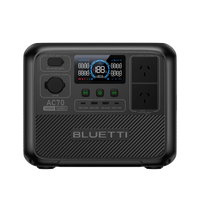
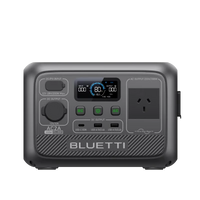
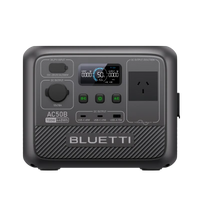

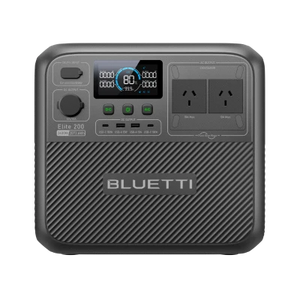
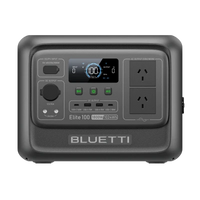
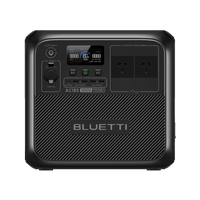
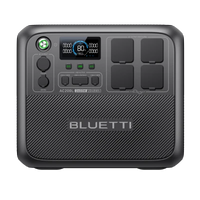

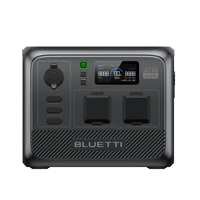
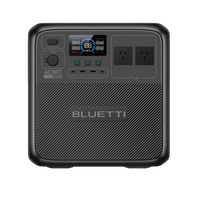


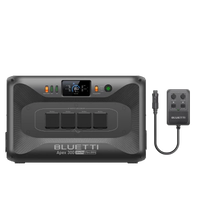


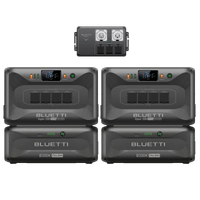

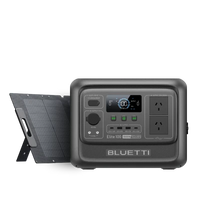
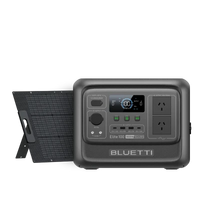
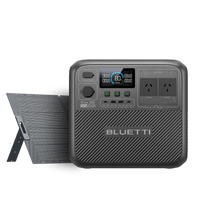

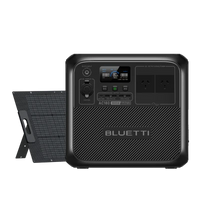


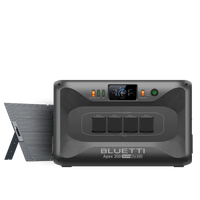
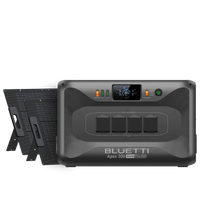
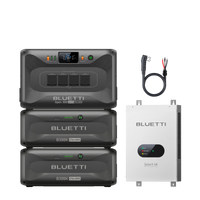

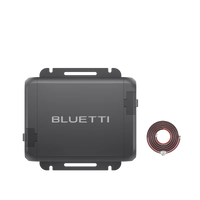
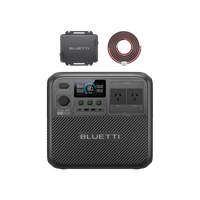

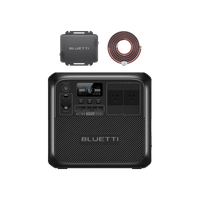
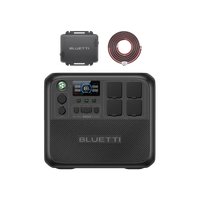
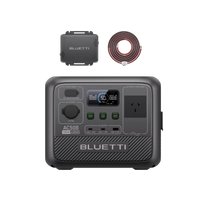
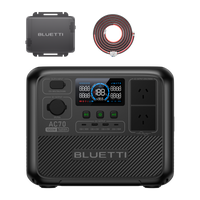



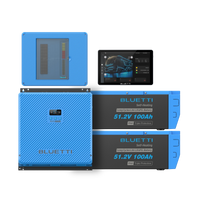
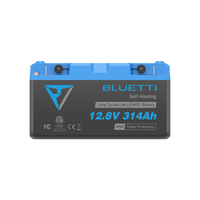
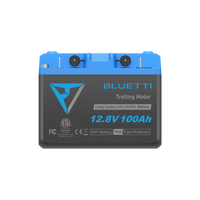





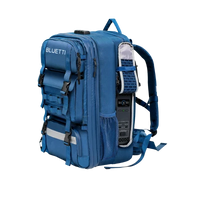
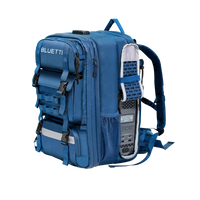


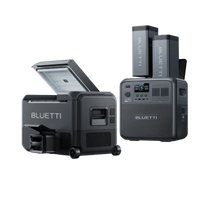
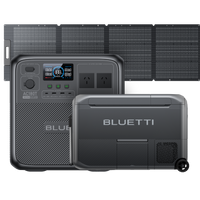
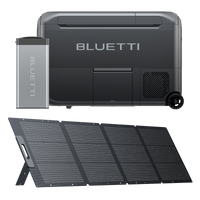
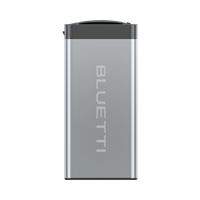



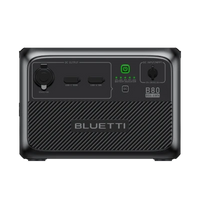


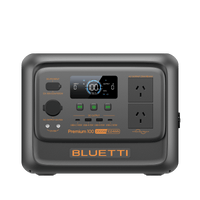
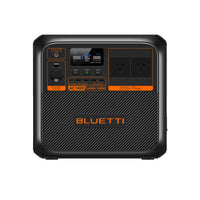

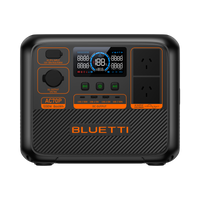


![[Phased Out] BLUETTI B80P Expansion Battery | 806Wh](http://www.bluettipower.com.au/cdn/shop/files/202310025B80P_2000-2000px_4_4caa0c1c-4dab-4272-9e9b-2b7507e5bd81.jpg?v=1713777870&width=200)
![[Phased Out] BLUETTI B210P Expansion Battery | 2,150Wh](http://www.bluettipower.com.au/cdn/shop/files/2_08cf9ef3-03a4-4489-b641-d3edb8094896.webp?v=1716016566&width=200)
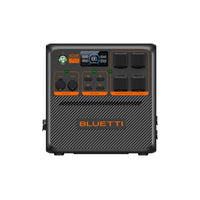
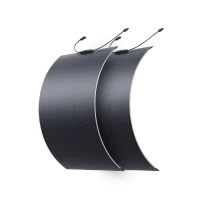

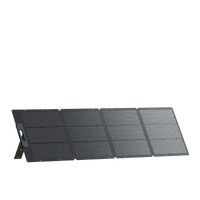
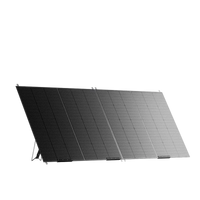

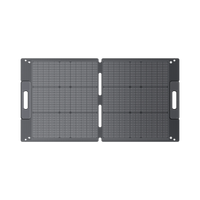

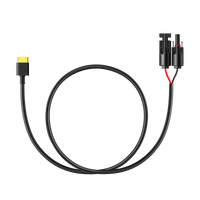
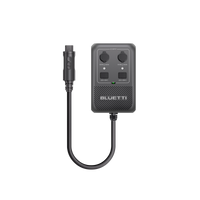

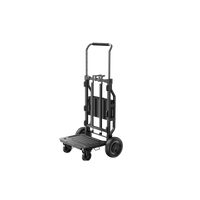
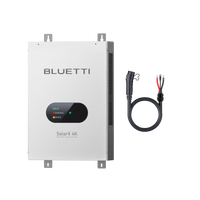
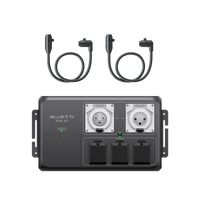
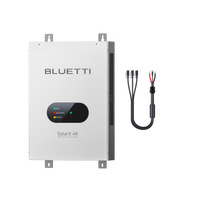
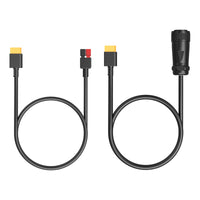

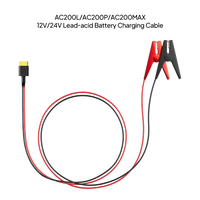

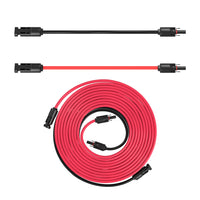
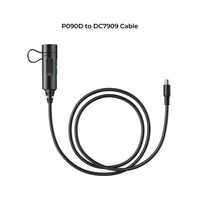
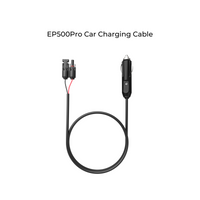
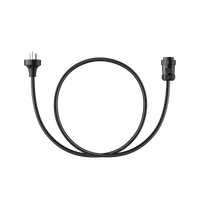
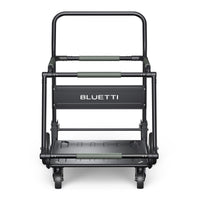
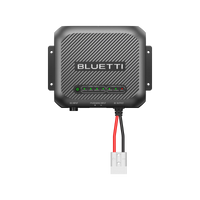




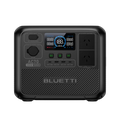
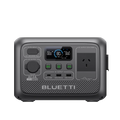
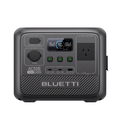


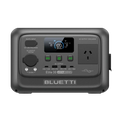
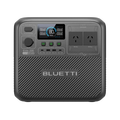
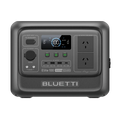
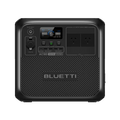
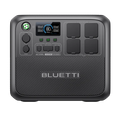
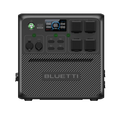
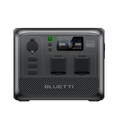
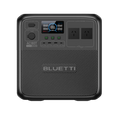


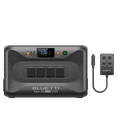


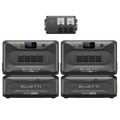




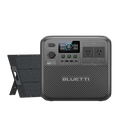
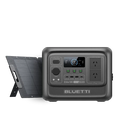

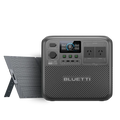
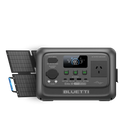
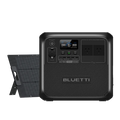
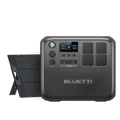
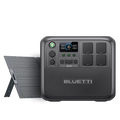




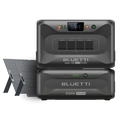
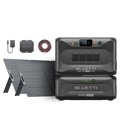
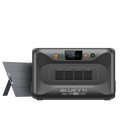

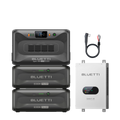

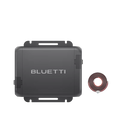
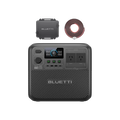
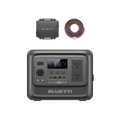
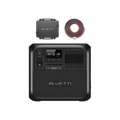
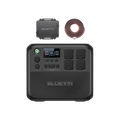
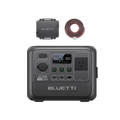










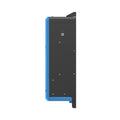

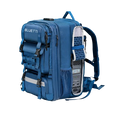






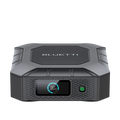
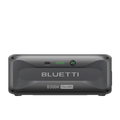

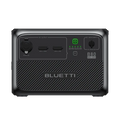
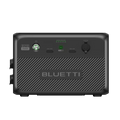








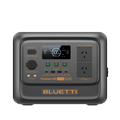
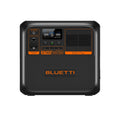

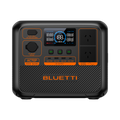

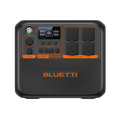
![[Phased Out] BLUETTI B80P Expansion Battery | 806Wh](http://www.bluettipower.com.au/cdn/shop/files/202310025B80P_2000-2000px_4_4caa0c1c-4dab-4272-9e9b-2b7507e5bd81.jpg?v=1713777870&width=120)
![[Phased Out] BLUETTI B210P Expansion Battery | 2,150Wh](http://www.bluettipower.com.au/cdn/shop/files/2_08cf9ef3-03a4-4489-b641-d3edb8094896.webp?v=1716016566&width=120)


